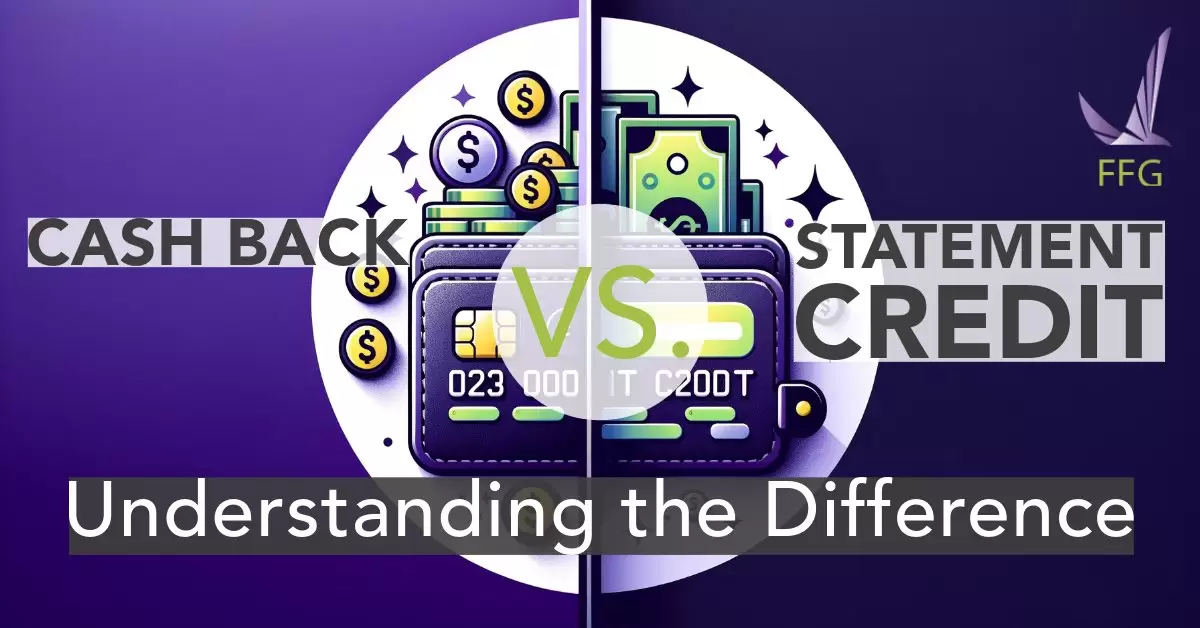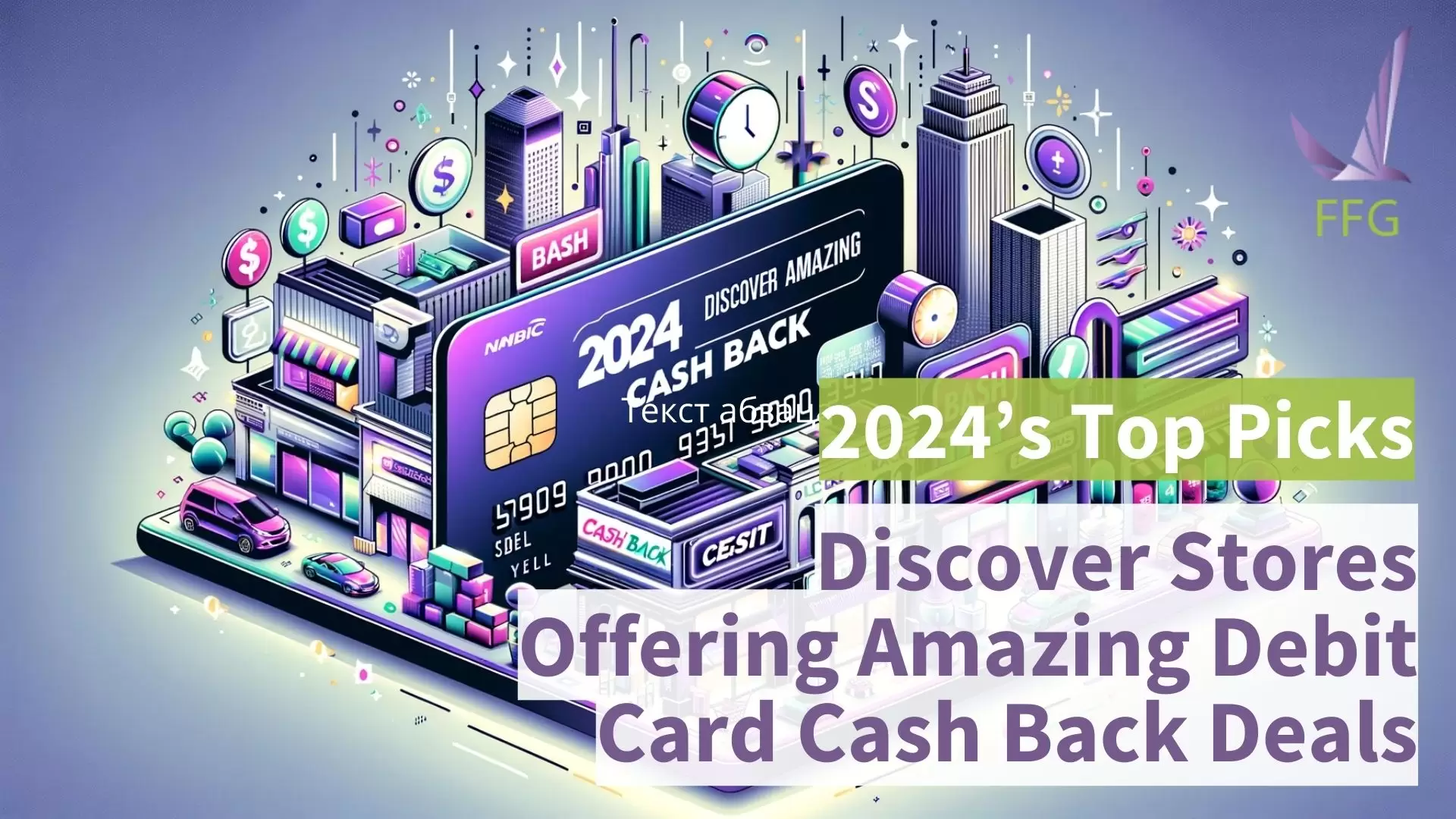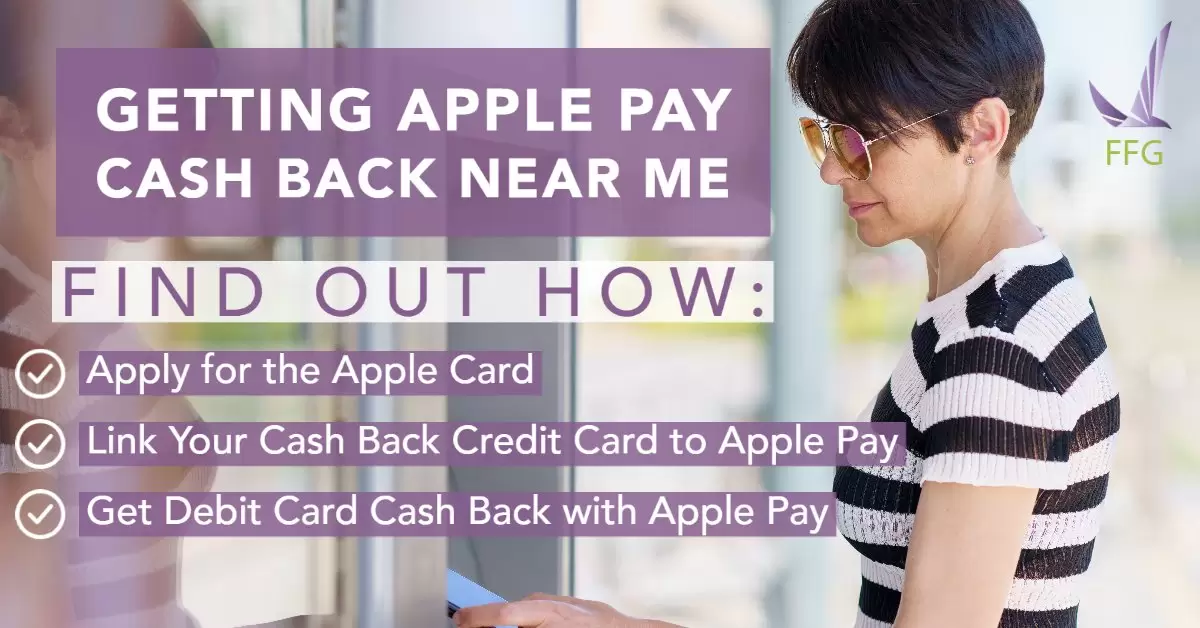Cash Back vs. Statement Credit: Understanding the Difference

One of the most popular credit card benefits today is the cash back offer. When your credit card issuer says “cash back,” it’s used as an umbrella term for a group of sub-offers. The most common types are statement credit and true cash back. How can you tell the difference?
In this article, we’ll help you distinguish between them. This lets you know exactly what kind of deal your lender is extending.
Table of Contents
Cash Back vs. Statement Credit: What’s the Difference?
Most times, your card gives you points for your purchases. These points may be acquired at $1 per point or extra points may be awarded to specific categories. Points can be redeemed for several offers. Sometimes, it is for goods or services from affiliate partners. Other times, it may be for travel benefits like flights, hotel credits, free nights, or discounts. Credit card points can also be redeemed for financial perks, such as cashback and statement credits.
An actual cash back offer effectively performs like a rebate. It gives the credit card customer a percentage of the purchase costs back to them. You can withdraw this money from your credit card account. The money leaves your credit card issuer’s system. You can spend it anywhere or save it in a different bank account.
With statement credits, your points are used to pay off a portion of your credit card bill. The points are assigned an equivalent dollar value and then transferred from the points (rewards) account to your credit card balance. The use of the cash is limited to within the credit card issuer’s system. It cannot be withdrawn, cashed out, or moved to an external bank account for use.
Is Cash Back Always the Best Option?
Whether or not cashback is the best option depends on the offers to redeem your points. We suggest you review all the available options before you make a decision. Sometimes, you get lucky and find a high-quality benefit in the options.
For example, credit card companies often have agreements with brands for specific products or services. You may pay less for a brand-name product if you purchase it with points. This is compared to buying from a retail store or the brand’s website.
How to Calculate the Value of a Point
You can use a simple technique to determine the best option. You will need to calculate the value of a point using cashback versus another way.
- Step 1: Divide the cash back you can get by the points you need to redeem. For example, you plan to get $20 money back, which takes 2,000 points. The value of the points is $20 ÷ 2000, or $0.01.
- Step 2: Do the same thing for each reward option you want. Consider a $100 statement credit that costs 100,000 points. The value per point is $100 ÷ 100,000, or $0.001 (1/10th of a cent).
In our example, the cashback offers the best value because 1 cent is more significant than a 1/10th cent.
Decide Which Option Is Best for You
Both cash back and statement credit can be helpful, but the difference is in how they are used. Remember to analyze all options carefully before selecting your choice. Calculating the offer’s value by points helps show the value in mathematical terms that you can compare. This helps clarify which option gives you the better deal.
Updated: January 23, 2024

![Gas stations that do cashback [2024]](https://financialfreedom.guru/wp-content/uploads/2024/01/Gas-stations-that-do-cashback-2024.webp)



I took a first class trip to Nepal (from the US) two years ago because I paid for my home’s new roof with my credit card and got airline miles. A good deal I think!
Yeah, that sounds like good effective cashback to me!
If you’re getting those rewards from spending you would have done anyway like on fuel and groceries then rewards cards are great no matter you get cash back or points. My idea is to pay the cards off in full monthly and reap the cash back or points/miles and use them for traveling.
Yes, that is the only way it works – you have to pay off your balance in full each month. Once you do this you can still decide what is the best redemption rate or effective cashback based on your spending habits.
I have used credit cards for years everything I can pay with a credit card gets paid with a card. Right now using a cash back card because that’s the best deal but will open a travel card to get points when I see a good offer. The points guy is a good resource. Have flown from east coast to west coast stayed in SF then flew to Maui stayed 8 days and did same stop on way back and only paid for one leg of flights the rest was points including hotels.
Good for you Tara, that is exactly the message of our Credit Card guide, if you learn how to navigate banks’ traps you can use Credit Cards for your own benefit
I think in general points are better than cashback, assuming you convert the points into avios (or something equivalent, so you can spend the points on flights/hotels). Cashback is still great though, free cash for spending you would do anyway!
It depends on your spending habits. If you fly a lot, then effective cash back or redemption rate is better on points. If you don’t fly, sometimes simple cash back is the best option for you
First I wasn’t glad to get a statement credit as a cash back but then I thought it over carefully and decided that it was not a bad deal. Thought of it as a x% discount on my first purchases using the card.
That’s the good way to think about it. You can also think about how to get the most amount of discount from your credit card, but maximizing your redemption rate
I prefer cashback = $$ back. Save u the hassle to keep track of points
Whatever works for you a lot of time this is not the best redemption rate, but if it keeps you financially disciplined – keep at it